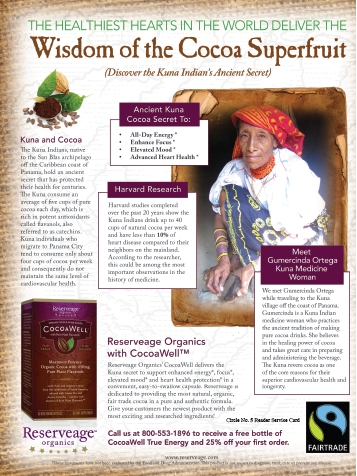Many shoppers are striving to lead healthier lives. A trip down a crowded grocery aisle will verify that more and more consumers are reading food labels in an effort to avoid foods that are high in sodium, unhealthy fats and refined carbohydrates.
But what happens when the labels of not-so-great foods fight back? Too many companies are picking and choosing what to say on the fronts of packages—often misrepresenting a sugary food as healthy thanks to its whole grains content, for instance.
Some feel there’s another culprit in the misleading labeling world: organic.
All or Nothing?
How many shoppers know that to get the U.S. Department of Agriculture (USDA) seal, a food only needs 95% of its ingredients to be organic. There’s also the mystifying 70% or more rule. If a product says it’s “Made with organic ingredients,” are consumers aware that a good portion of the ingredients may not be organic? That’s not to mention the other tiers of organic labeling and the exceptions to the rules.
Recently, the USDA’s National Organic Program (NOP) suggested some interesting clarifications to the rule. “Made with organic” verbiage can’t exist on its own, the agency says, and neither can “Made with 85% organic ingredients” (see our news coverage on page 9). Since this language is vague and misleading, NOP prefers companies list a specific organic ingredient included in the product. This stipulation is not kosher, however, if a product that is 70% organic says it’s “made with 100% wheat.”
While the proposed language is interesting, perhaps the reaction from those who submitted public comments was even more thought provoking. They reiterated the all-or-nothing battle that has long existed in the organic industry.
Some who submitted comments were adamant that the USDA is misleading shoppers by having tiers at all, and that any attempt to clarify those levels on the label is a fruitless endeavor. No matter how you slice the (organic) salami, 70% organic is not organic. Being partly organic cheapens the seal, misleads shoppers and, really, what good does it do? The remaining 30% of ingredients may not be doing great things for the body or the environment.
I hear these points loud and clear, but I tend to fall in the other camp. As long as labeling is clear and accurate, I feel there’s a place for the 100% organic products, the 70% organic products and everything in between. Our shoppers have diverse needs. Some are dabbling in the organic market; others strive to be organic with a 75% organic household. Their expectations may be firmly met with a 75% organic product (as long as it’s clear about what it is and what it isn’t). I feel that it’s important we reach out to this broad range of shoppers—the organic purists and the organic curious, alike. Doing so can serve to broaden their interest in all the great products our industry makes.
Again, the key is the labeling; we must ensure shoppers know what they’re buying. What I’m not 100% clear about is whether the new rule does the job. I’d love to hear what others have to say about this issue (email KaylynnEbner@wfcinc.com). We’ll print some of your responses on www.wholefoodsmagazine.com with the hopes of getting a conversation started. Perhaps together, we can form some ideas that could help us all learn more about the diverse world of organic.
Kaylynn Chiarello-Ebner
Editor/Associate Publisher
Published in WholeFoods Magazine, March 2011











